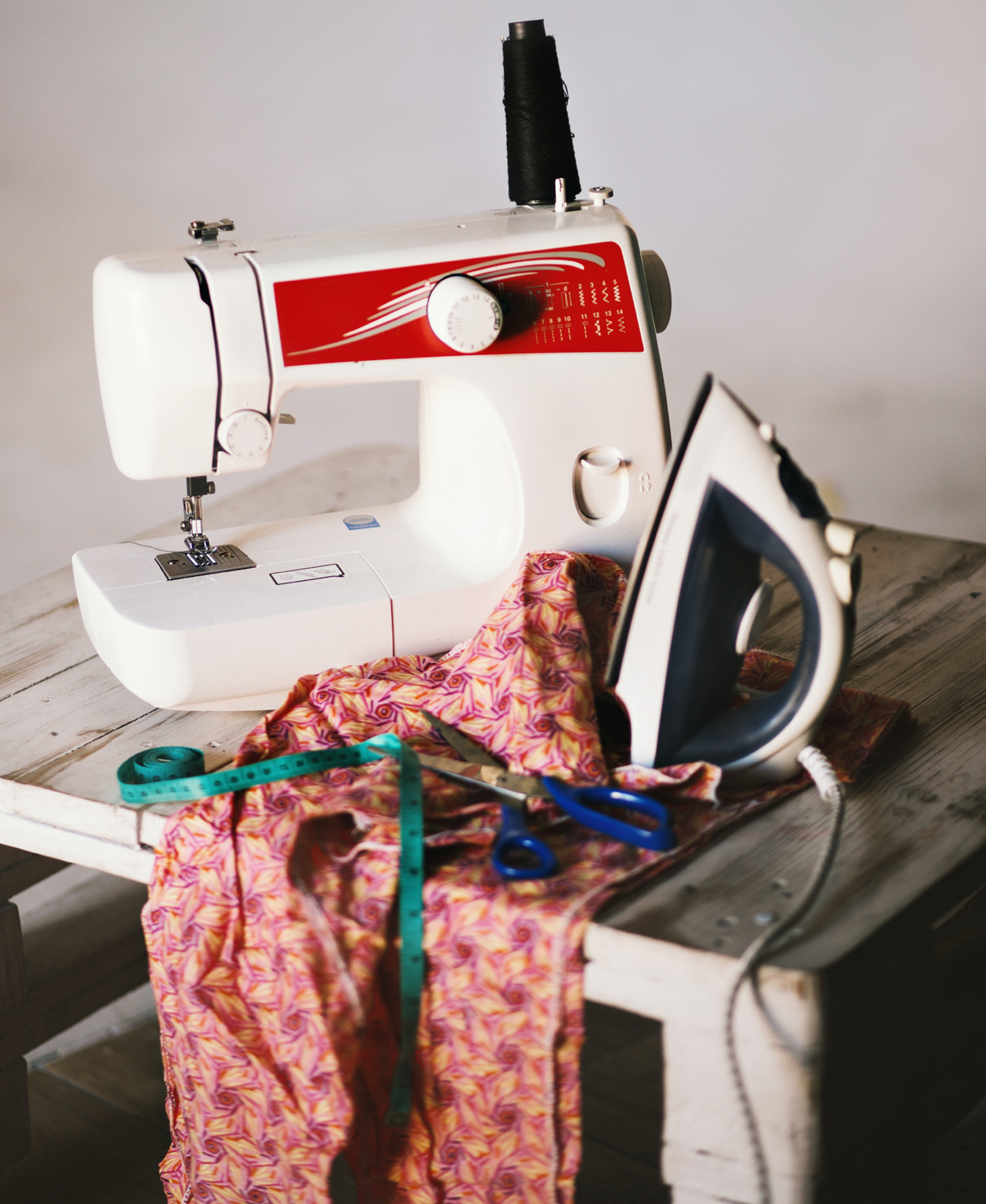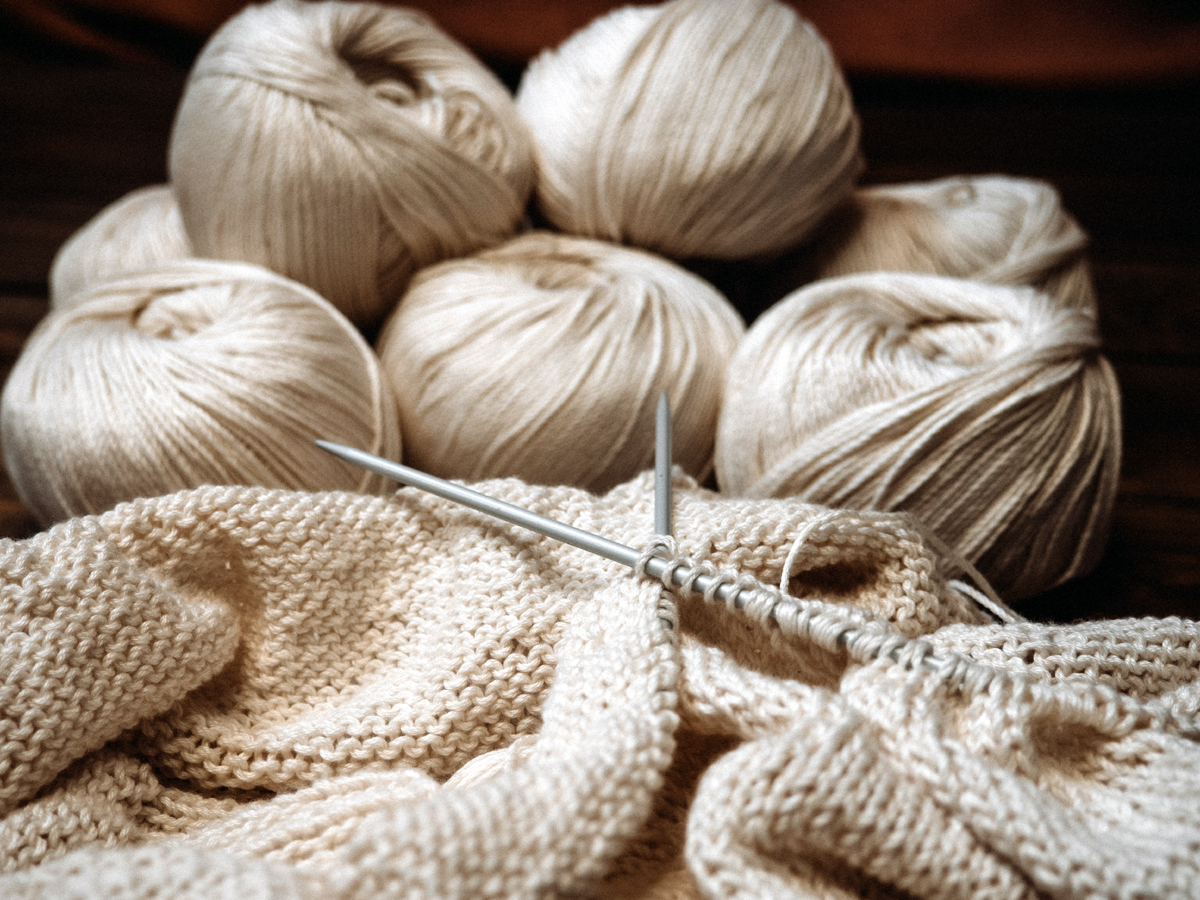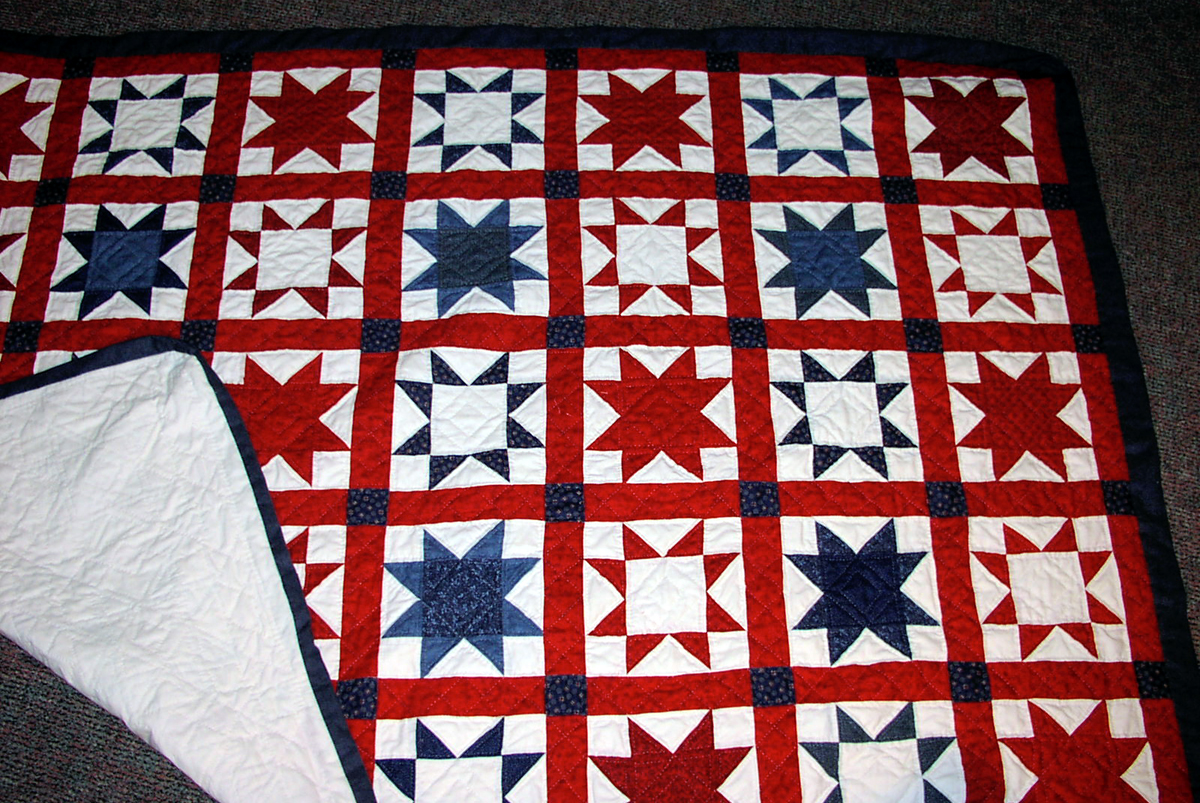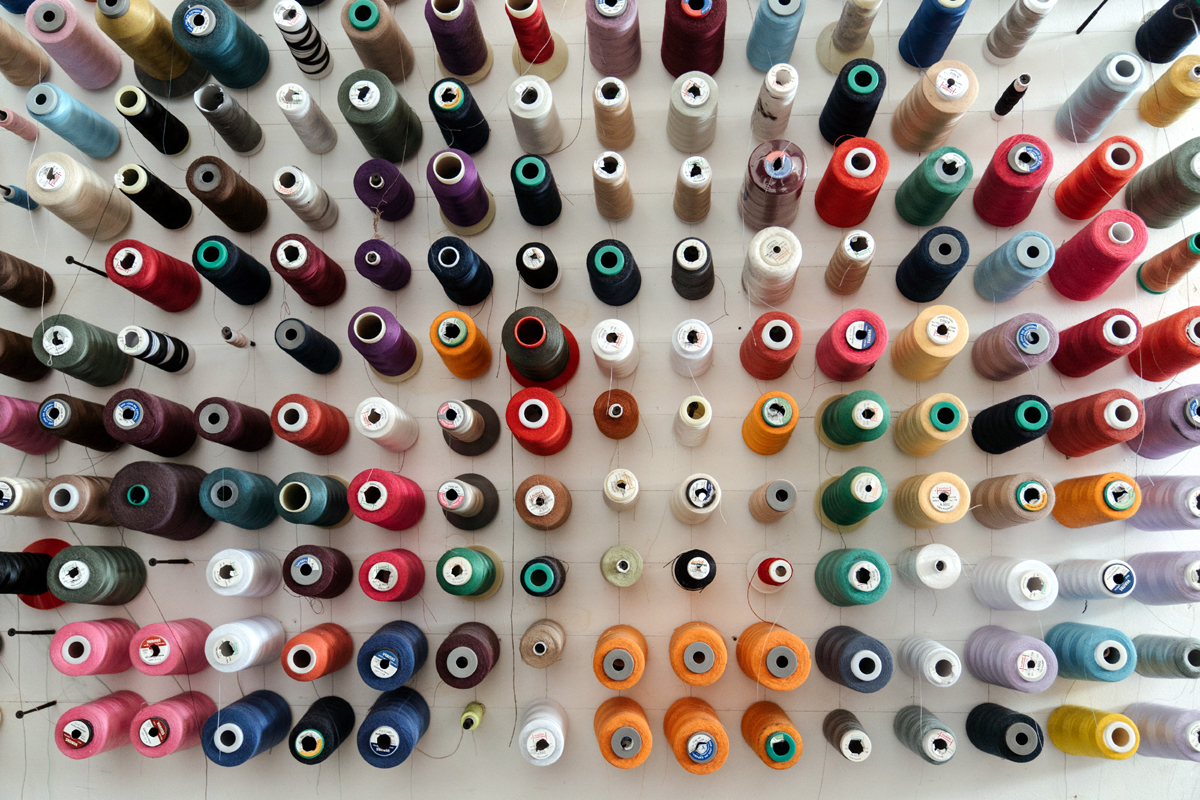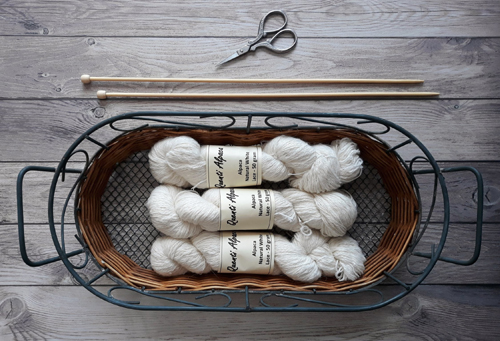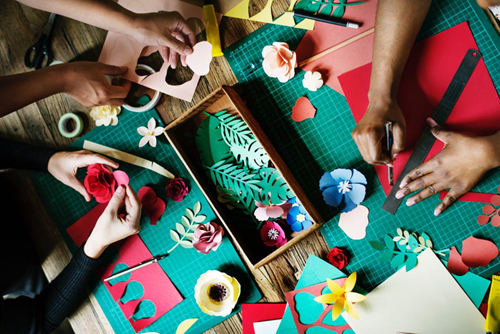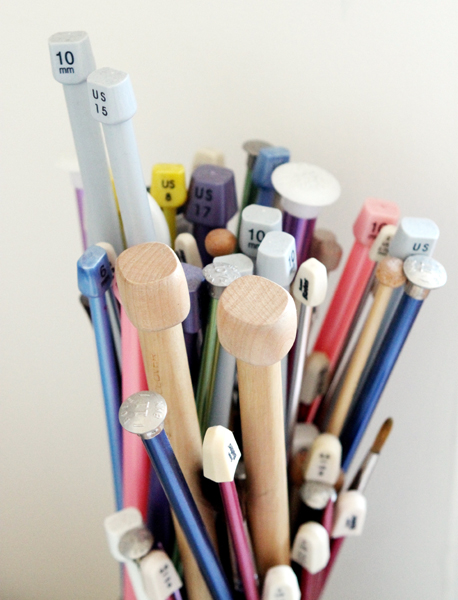How to Choose Quilt Fabric Colors
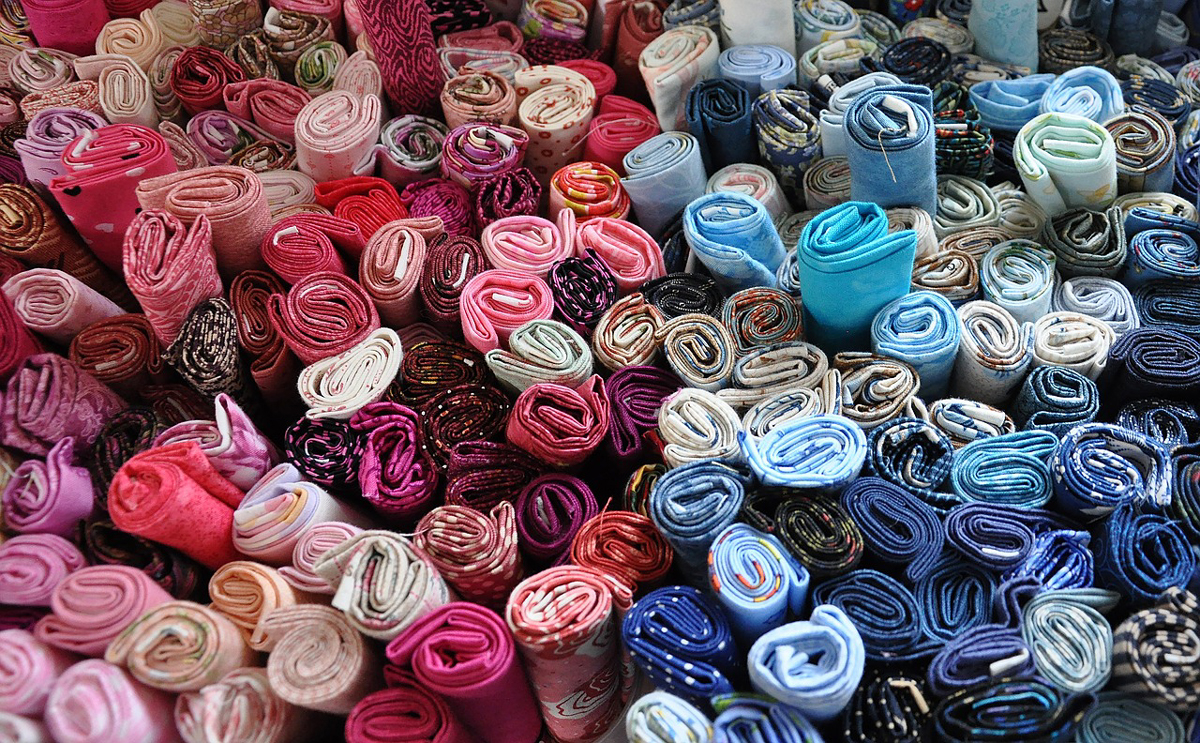
Picture yourself in a few hours or in a few days stitching a beautiful quilt, However, I would suggest that regardless of your sewing experiences you may want to consider quilting with fabric scraps to help develop certain quilting skills.
The reason I say this is to become skilled with the quilting tools such as the rotary cutters, assorted measuring rulers, different sewing or no sewing quilting techniques, quilting accessories, quilting frame or quilting hoop, labeling, and understanding patterns. Most of us realize the importance and the advantages of training and practice.
It may seem like a longer process, but I was certainly glad that I started with a quilting block mini project which became a wall hanging. It helped me to have a more practical outlook of quilting and sparked my creativity and interest whether I would prefer hand quilting or machine quilting.
Rare thinking people such as yourself already understand and appreciate the advantages of completing a practice quilt. It will help you to acquire a clearer vision of the quilting craft, and able to select a quilt pattern to complete.
Patterns that you order will let you know what colors to select for your quilt. You can also purchase ready made quilt kits which you assemble with instructions or you can purchase quilting fabrics which are cut into measured squares and are color coordinated.
It appears that the question most asked is about color. Coordinating colors to be aesthetically pleasing to the eye is important to your quilt pattern. Artists are gifted with this skilled talent. Other people find it very helpful to follow the color wheel suggestions.
It is amazing or amusing that if you gave three people the same colors and the same fabric the results would be different. One person may have their project look as though it was just thrown together and elicit a “so what?” from their audience. The next person receives a “looks good, what a beautiful idea”. The third person hears “wow!” I have seen this happen in many instances and it amazes me each time.
All you need to know about color is to understand the basics of color. Primary colors are red, blue, and yellow. The secondary colors are green, orange, and violet. The primary and the secondary colors are the colors found in the rainbow. Other colors not seen in the rainbow are produced by adding to the primary colors.
Black is not considered a color. However, when added to a primary or secondary color it will create darker shades. White is a tint that will make other colors lighter. Gray will create tones that are less intent. Gray is created by mixing black and white.
The dominant color is the color that pops off the quilt at first glance. The darker patches on a quilt will be more noticeable or dramatic than light patches. If the patch is very light it will catch our eyes attention.
The background of the quilt is usually neutral, such as a hint of white, beige, gray, and black, or any other color that will hide and not get any attention. I have seen dark green or dark brown make excellent backgrounds.
Monochromatic is sewing a quilt using only one color. To make the quilt interesting or to have more variety you can add different textures, shades, tones, or tints of your chosen color.
Analogous are placing fabrics of similar colors that blend together. As an example you may have different prints of green or brown. The prints may be different but the colors blend naturally together.
Complimentary colors are used sparingly but strategically in small amounts. Your quilt may be a sea of sailboats and at the top of the sail is a colored pendant. Every fourth sailboat has a yellow pendant, every third sailboat has a red pendant, and so on. The pendants are small but the colors used in the pendants are complimentary to the other colors in the quilt.
The Author:
Infotrish.vpweb_com

